Finding a farm site
Zoning rights exist to help cities manage their population density, industry, and public space. Unfortunately for urban farmers, many of these regulations fail to account for the indoor farming movement and the unique demands of running a farm within the city limits.
Zoning practices can make starting a farm in an urban area confusing. To help cut through that confusion, we’ve put together an article to explain zoning for urban and indoor farms. We’ll explore the basics of zoning, some common farm-zoning challenges, and list resources for those considering a growing operation.
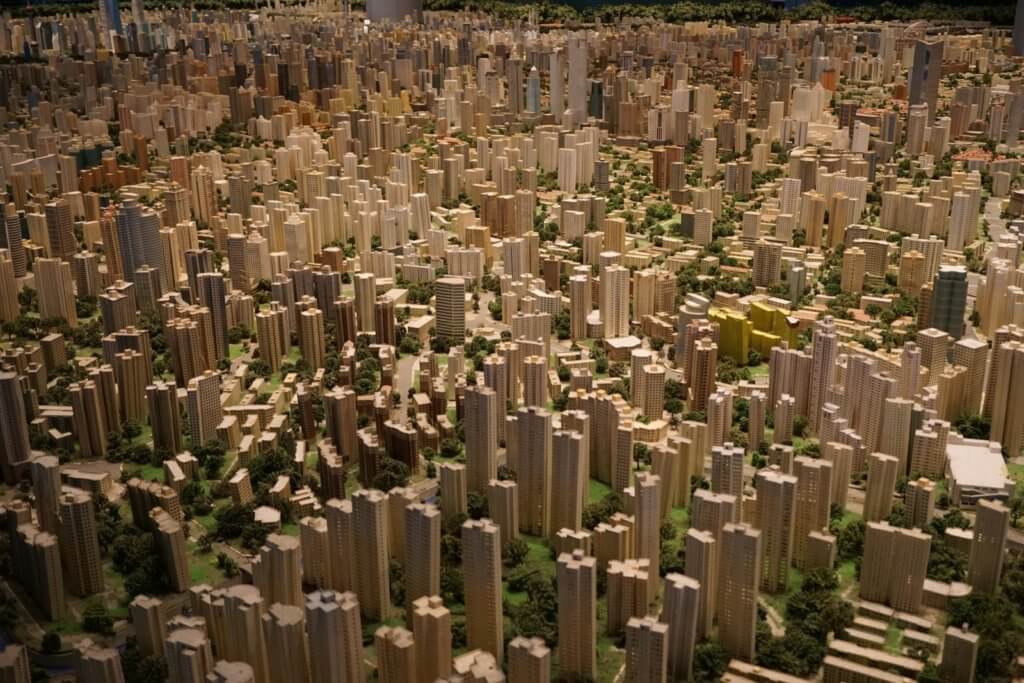
What is zoning?
Zoning is the process of dividing land into separate “zones” for different uses. City and state zoning laws seek to ensure land is being used to its full potential, without complicating other established businesses, homes, and agricultural areas.
Practically, this means preventing chemical plants from being built near schools, protecting urban parks and greenery, and ensuring that private property doesn’t spill into shared space like roads or waterways. This division is accomplished by marking specific plots of land as usable for one or two purposes (e.g. agricultural, industrial, or residential).

Most U.S. cities are zoned
The United States, except for many of the older colonial cities on the coasts, has been heavily zoned. As settlers pushed west and established cities, administrators had the opportunity to implement more strict zoning and city planning than was possible with many naturally growing cities.
In 1926, the U.S. Supreme Court case Village of Euclid vs. Amber Realty Co. settled the right of city administrators to enforce zoning laws for the public good and as a form of nuisance control. Amber Realty was a large industrial company seeking to develop land near the suburb of Euclid. The Supreme court ruled that the city of Euclid was within its rights to prevent Amber Realty from developing the land, leading to the basis of present-day zoning laws in the U.S.
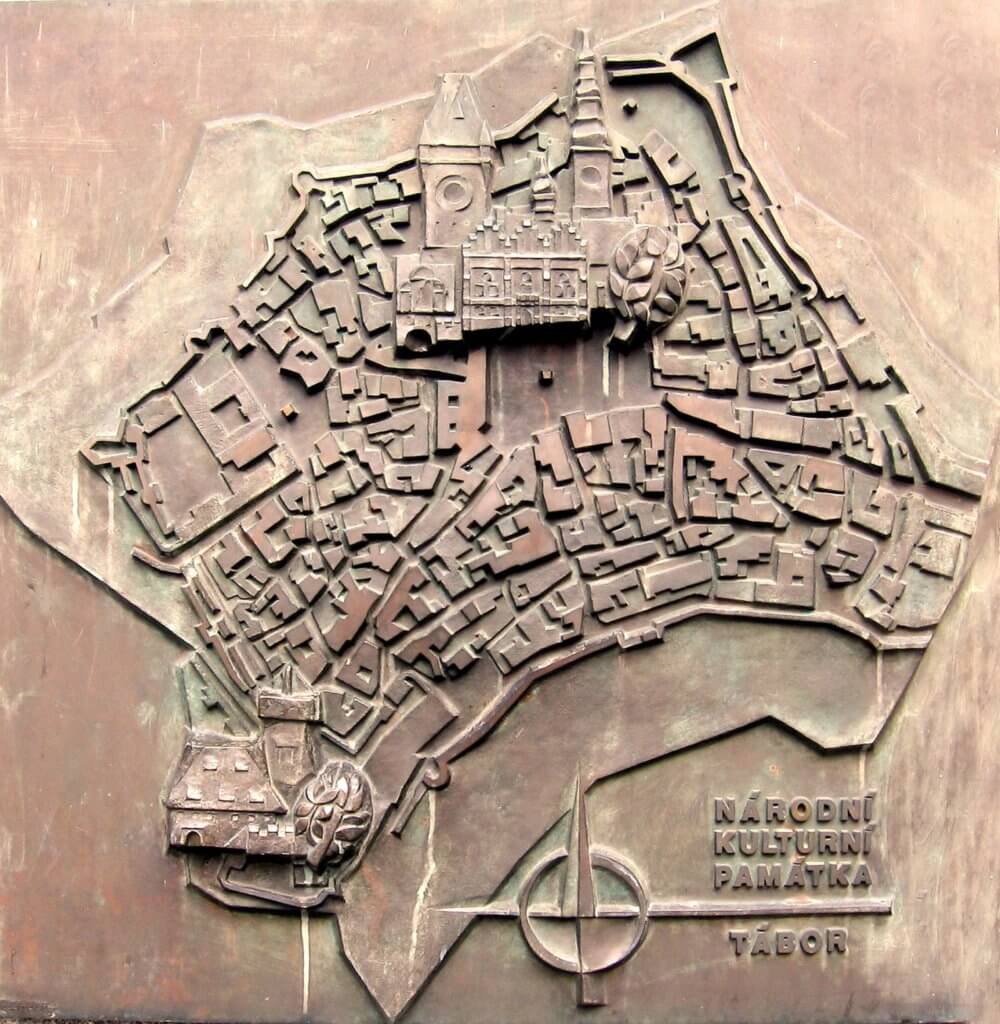
Today, the most obvious example of urban planning and zoning influencing American cities are the Chicago and Denver examples of strong, centralized urban plans leading to a grid-based infrastructure and street system. While some residents and tourists criticize these sort of planned cities for their formulaic nature and lack of character, they are undoubtedly better in terms of traffic flow and infrastructure than more traditional organically-grown cities.
Each zone has specific uses
Zoning typically designates an area or neighborhood for one or two general and more specific uses. For example, the headquarters of Upstart University is zoned as Limited Manufacturing, allowing any company or persons who possess land within the area to practice a number of different kinds of industry. Here are a few examples:
- Administrative or personal offices
- Community gardens
- Pawn shops
- Car Washes
- Light industrial uses
- Machine and welding shops
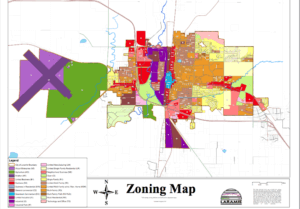
Laramie, home of Bright Agrotech, is a grid-based town.
Although not explicitly listed on the planning document, Bright Agrotech’s Research & Development farm is allowed within this Limited Manufacturing zone.
The most common types of zones are residential, agriculture industrial, commercial, and in-field development. These broad categories are still different for each city in terms of requirements and prohibitions, but they are all conceptually useful for understanding your starting point.
Zoning & other regulatory challenges for indoor growers
Every city has unique zoning that will dictate potential locations for facilities. Thankfully, most towns and cities have easy-to-access zoning information on their website or in town/city council offices. These guides are designed to inform citizens and business owners of zoning in as straightforward a manner as possible.
The most likely problem for an indoor farmer is that a city’s zoning regulation might not have been updated for decades. Even if it is current, it might not anticipate indoor or urban farms. Most cities allow or even mandate community gardens or green spaces, but lack the regulation to enable urban growers to thrive.
For example, in Atlanta, GA, (Atlanta, Ga., Code of Ordinances §16-03.004) gardens (and therefore indoor gardens or farms) are allowed within residential zoning areas, but garden clubs or gardens with a foot-traffic element (and therefore a commercial indoor farm) require a special permit.
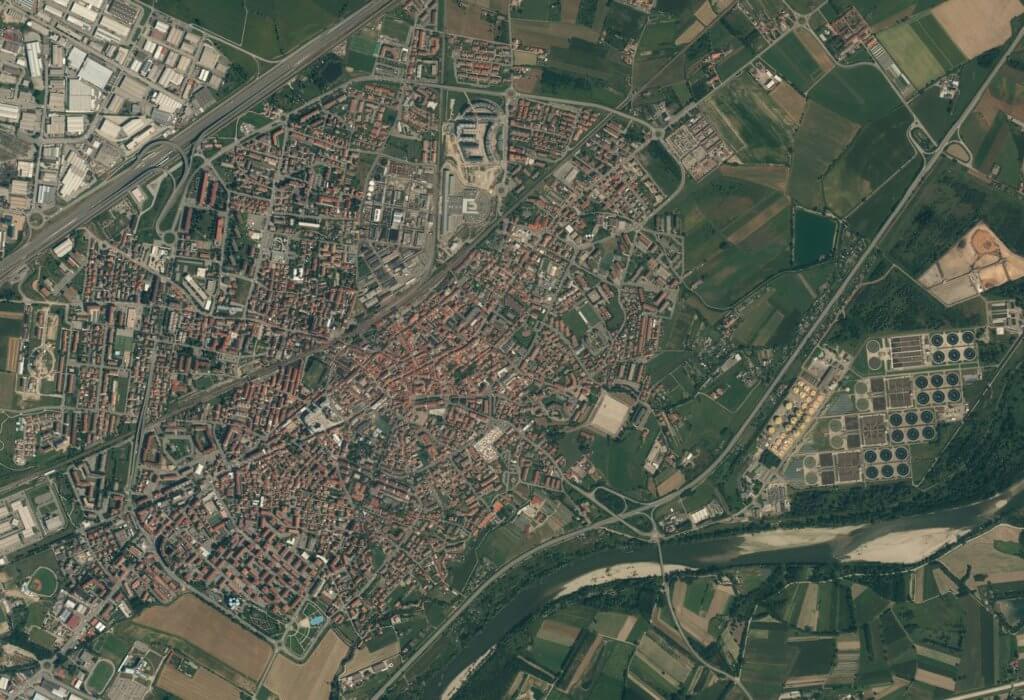
The first thing a farmer buying property should do is look up the existing zoning regulations for a city. Contact your local city administration and arrange a meeting with the regulatory body in charge of zoning to ensure no bureaucratic issues will stand in the way of a great location.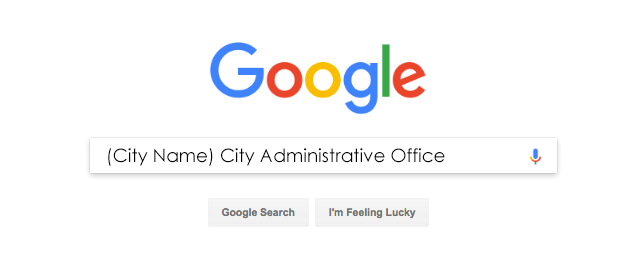
Prohibition of sales is a potential issue when starting a farm in a residential/non-commercial zone. While the city’s zoning rules may not prohibit growing crops, building a greenhouse, or even selling harvests to restaurants or grocery stores, they may prevent on-site sales. This means any customers that visit your farm will be prohibited from purchasing any product. Many cities allow for a special exemption via permit for special cases.
Nuisance/Safety Regulation is a minor issue for most farms, but ensure that if your farm is in a residential/non-commercial zone, it won’t cause a nuisance for neighbors. The nuisance could take many forms: loud noise or light from grow lights, unsafe usage of pesticides, or heavy foot traffic from customers. These potential nuisances can lead to an established farm being pushed out of their location.

Learn from other Upstart Farmers’ experience
Despite the potential challenges that urban and indoor farmers could face with zoning, we’ve seen that local communities are generally very happy to work with new farms.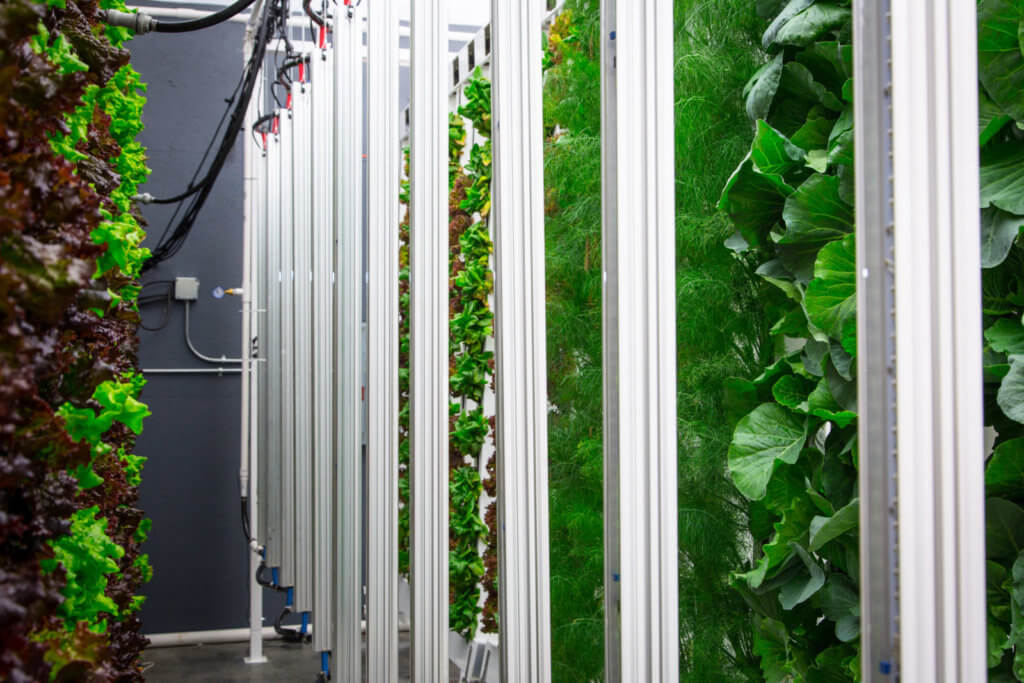
For instance, Farmer Chad with Roka Farm in Indiana began this year building a farm in a building that used to be a grocery store. The city zone where the building was located was zoned C5, a commercial filing. “It was not in the industrial realm,” says Chad. The zone did not provide for a hydroponic farm, so before buying the property, Chad had to file for “Variance of Use”.
This process doesn’t change the actual zone but gives Roka an exception to the rule based on the specific situation. By notifying the surrounding community (in this case, all businesses within a 1-mile radius, and all homes within a 1.2-mile radius) and dedicating time in public meetings, Chad was able to establish transparency with fellow residents. In his case, the community was accepting and positive about the farm. Questions from the community involved the crops being grown and whether the farm process would include loud noises or strong smells. In short, they wanted to know if it would disturb their business or impact the neighborhood negatively.
This process is often a viable option for farmers looking at property in a zone that’s not specifically for farming. Chad’s process took sixty days and about $2500. Costs included notifying the community with mail and signage, and fees for filing. He had to submit applications and site maps. Paperwork took a few weeks (this could take longer depending on your abilities), then there was a 45-day process for filing.
If anyone in the community had objected to the farm, they would have had the opportunity to present their concerns in the open forum. Chad would have had the opportunity for rebuttal, then the two parties would have come to an agreement. If there was still dissent, the forum would have been extended. If there is still no resolution, the final decision goes to a five-member board. In Chad’s case, the decision was unanimous. “I explained the product mix and some of the other things I was planning, and it became very positive very quickly… I got a full five out of five approval.”
Another farmer tackled zoning when it prohibited sales on his farm. Mitch Hagney of Local Sprout explains his experience with zoning in Texas:
“Certain places don’t allow you to sell on-site, some encourage it, and some don’t want you to move your product from to place to place. All of that changes from place to place or what city/municipality you’re in. In San Antonio, like a lot of other cities… there was a total legal gray zone in where you were allowed to grow crops. And even if it was legal to do urban farming as a commercial enterprise, and certainly where you were allowed to sell.”

Mitch Hagney of LocalSprout is an Upstart Farmer working out of San Antonio, Texas.
But thankfully, the city code can be changed. Mitch explains how he and his fellow farmers coordinated to change the rules: “So when I and a group of other urban farmers from the community were looking at those laws, we realized city code needed to be updated and needed to be updated in the direction we wanted it to.
“In other cities where the farmers haven’t been proactive in terms of changing policy… oftentimes there is a retroactive policy change that is detrimental. So, the compost smell won’t go well, or neighbors don’t want commercial activity in the residential area. When there is retroactive policy-making, usually it’s not the best for farmers.”
To learn more about Mitch’s experience, check out our article on siting your farm.
Don’t be intimidated by zoning
Zoning can be intimidating, but remember: cities, towns, and municipalities want compliance! With a little homework and a few friendly chats with your local government, you’ll be on your way to ensuring zoning compliance for your new farm.
For more help understanding the challenges of starting a farm, and the best courses taught by experienced Upstart Farmers, visit our homepage and start a free trial of Upstart University!

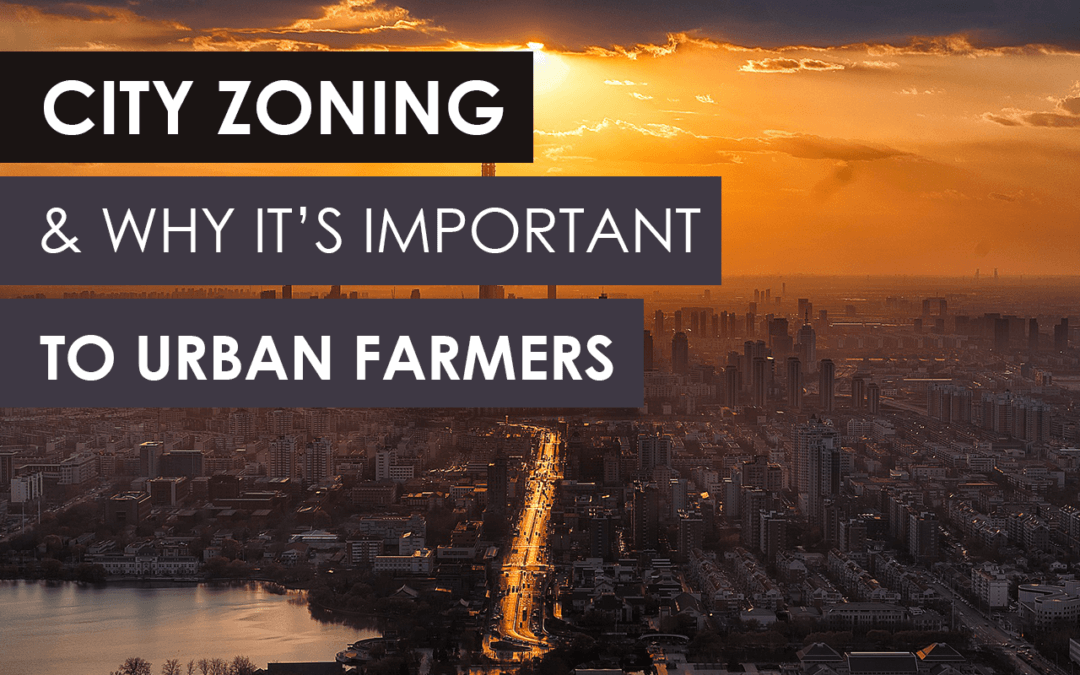

Trackbacks/Pingbacks